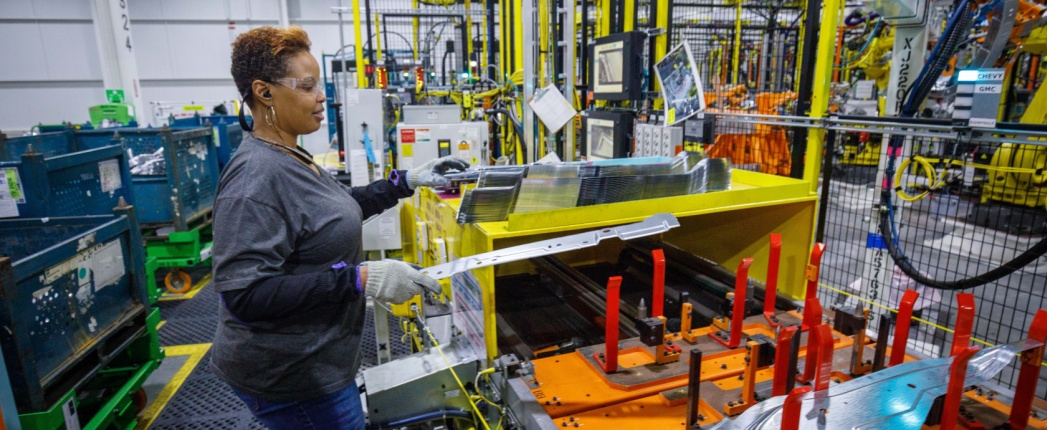
North America accounted for 24% of global lubricants demand in 2022, with nearly half of its share coming from an industrial segment that shows potential for growth, according to a recent webinar conducted by Kline & Co. consultants.
“A lot of the growth in the industrial segment will be stimulated by a couple recent acts – Build America by America, and the Inflation Reduction Act,” David Tsui, a project manager in consultancy Kline & Co.’s energy practice, said during a Sept. 20 webinar. “These things are bringing more near-shoring, bringing manufacturing back into America and North America in general.”
He added that while events like the current United Auto Workers strike may hamper that growth a bit, the general trend is to bring manufacturing and assembly back into the North American region or close to it, helping drive growth in the industrial lubricants segment.
The webinar highlighted findings in the first volume of the company’s three-volume study, “Opportunities in Lubricants: North America Market Analysis.” Kline estimated that in 2022, the U.S. accounted for 20% of global lube demand, while Canada and Mexico each accounted for 2%. The firm pegged global demand at between 11 billion and 12 billion gallons.
Consumer automotive was the second largest segment in North America in 2022, Kline found, accounting for more than a quarter of demand. “However, that segment is expected to see decline [to 2027], as we would expect, with [electric vehicles] continuing to grow in annual sales and eventually with cutoff dates by California and other states where no [internal combustion engine] vehicles will be able to be sold after that select cut off date,” he said.
Tsui also alluded to the impacts of new U.S. Environmental Protection Agency mandates for 2027 model year cars and 2032, which some analysts predict will require car makers to ensure that nearly a third of new vehicles are electric. “We’re going to continue to see that kind of shift,” he said, which will bring a decline in consumer automotive lubricant demand. “It’s been happening for a while – it’s not something new.”
Tsui noted that another factor hindering consumption of consumer automotive lubricants is the trend towards consumers becoming more accustomed to 10,000-mile oil change drain intervals as opposed to traditional 3,000- and 5,000-mile intervals. “A lot of OEMs are recommending longer drain intervals, while quick lube stickers and others don’t tend to recommend that long a drain,” he said. “Consumers themselves are getting more comfortable with it, so we’re certainly starting to see a larger portion of the population accept that.”
Also driving some of the decline in the consumer segment are ancillary products – such as automatic transmission fluid, gear oils and greases – transitioning more and more to fill-for-life in certain automotive applications. “Because of that, as these vehicles start to age, we don’t see them coming into the service-fill market for an ATF or gear oil swap – we’re seeing those products starting to see larger declines than engine oils,” he said.
Kline expects some modest growth in the commercial automotive – heavy-duty – lubricants segment out to 2027 because they are highly dependent on economic growth that brings more movement of goods and commodities.
“While we project growth into 2027, I’d estimate a short term dip at the end of this year,” and into part of 2024. “Because as we see whatever plays out with our economy, we do expect growth to resume once we start to recover from whatever happens within the next year or two,” he said. “That will help pick up everything.”
“Overall we see North American lubes growing slowly,” he said. “It is essentially a large market and will continue to be a very important market.”
Kline found that Shell was the North American market leader in lubricant sales in 2022, followed by ExxonMobil, Ergon, Chevron, HollyFrontier, Valvoline, BP Castrol, Phillips 66, Calumet and TotalEnergies. Tsui said that major oil companies’ branded sales accounted for close to 45% of the total North American lubricants demand last year. Growth in sales continued among private label toll blenders, along with other market players, including Independent Lubricant Manufacturers Association members.